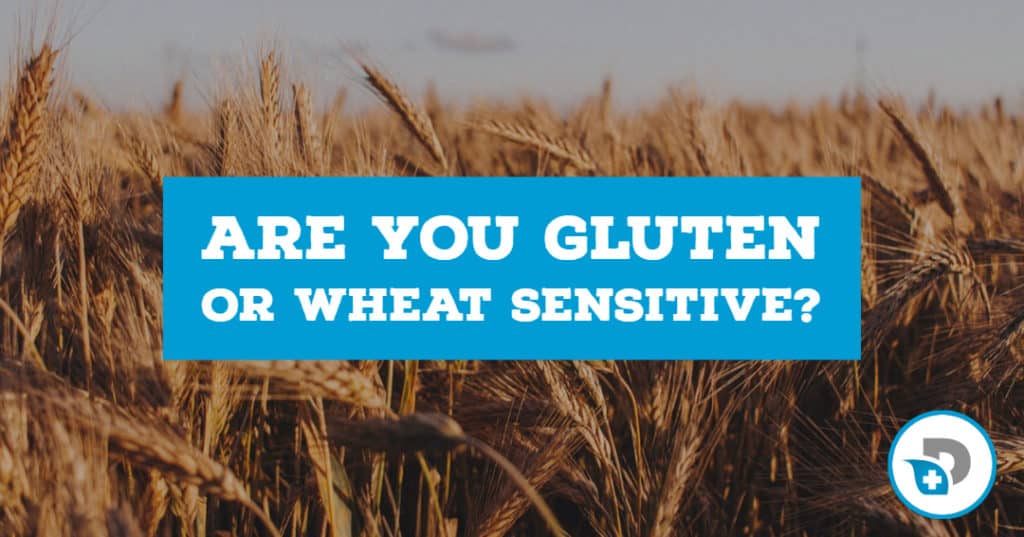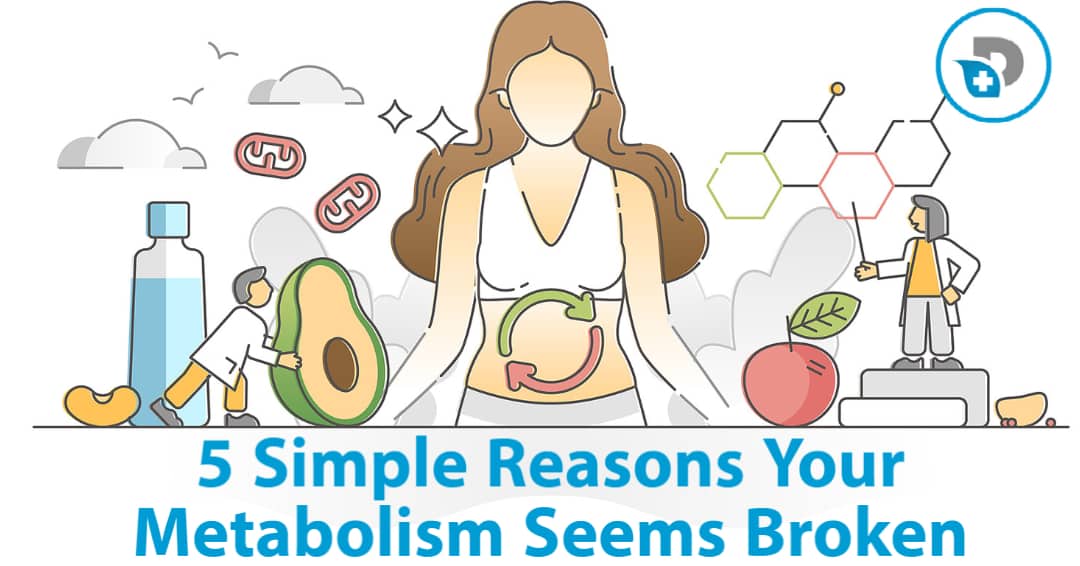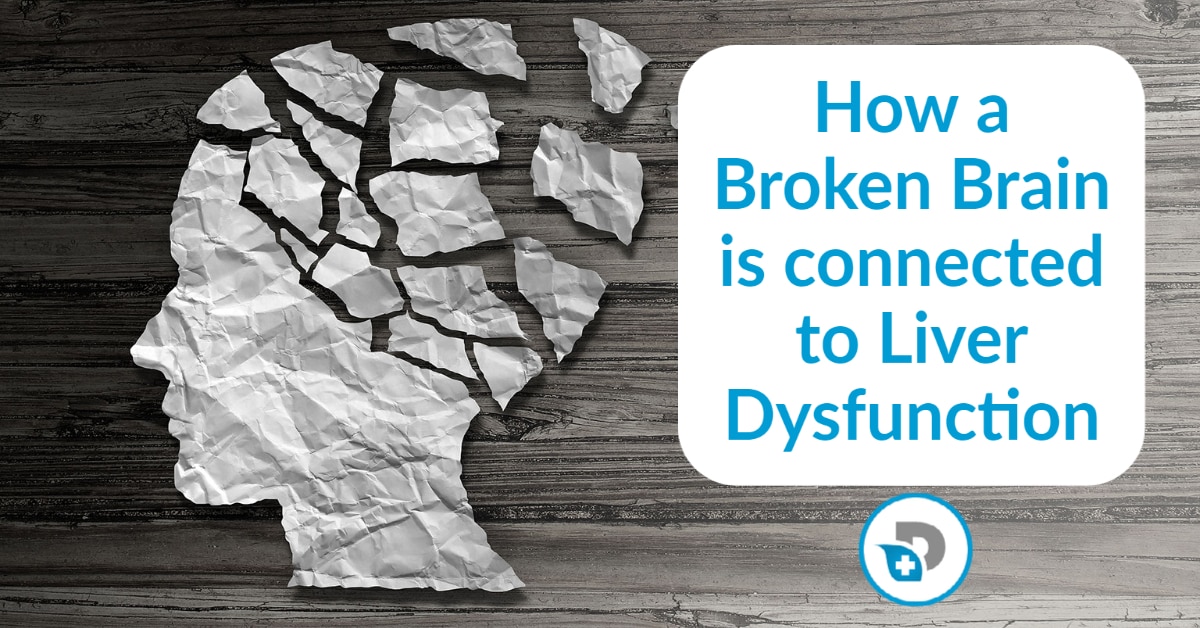What are Gluten Sensitivity Symptoms?
Gluten intolerance or sensitivity is a wheat-related disorder.
Symptoms will most likely occur after eating foods that contain gluten such as wheat, barley and rye.
There is a big difference between Celiac Disease and Non-Celiac Gluten Sensitivity.
In celiac disease, the body's immune system attacks its own tissues, triggered by gluten in the diet.
It only happens in people who have a genetic vulnerability.
However, gluten intolerance is less well understood and scientists are unsure why it occurs.
An although people with Non-Celiac Gluten Sensitivity may not have such a dramatic immediate response, long term exposure could certainly cause extensive damage.
The primary symptoms of gluten sensitivity includes:
- bloating
- belly pain
- diarrhea
- nausea
- fatigue or lethargy
However, additional symptoms have been reported such as:
stomach pain
- anxiety
- headaches
- confusion
- numbness
- joint and muscle pain
What are Wheat Sensitivity Symptoms?
Wheat intolerance symptoms, although similar to gluten intolerance, may not present themselves immediately.
The signs of a wheat intolerance may vary in severity and can affect a person both physically and mentally.
Typical symptoms of wheat intolerance could include:
- Digestive complaints – like IBS, stomach ache or bloating
- Neurological problems – such as severe headaches and migraines
- Skin issues – most commonly eczema, acne, itchiness and rashes
- Tiredness and fatigue – a lack of energy, “brain fog” or lethargy
- Joint pain – persistent aching or swelling of the joints
- Psychological problems – like anxiety or depression
- Respiratory complaints – e.g sinusitis or rhinitis
What is the Difference Between Food Sensitivities & Allergies?
The symptoms experienced by those suffering from food allergies are much more severe than food intolerance or sensitivity.
In extreme cases, allergic reactions can even be life threatening.
The most common food allergy symptoms could include:
- Difficulty breathing or wheezing
- Skin problems such as swelling, rashes or hives
- Sneezing, a runny nose and watery eyes
- Stomach pain, nausea, vomiting or diarrhoea
- Anaphylaxis – a hypersensitive reaction, which can be life threatening
How long does it take for food allergy to show?
Unlike symptoms associated with an intolerance, the effects of a wheat allergy present themselves very quickly after consumption of the food.
In some cases, severe reactions can occur just by touching the food in question.
What are the Sources of Gluten and Wheat?
There are many food items that could contain gluten and/or wheat.
First, gluten is a protein found in all wheat, barley and rye.
This means all wheat containing foods will have gluten, but not all gluten containing foods have wheat.
Always read the label of any food product you buy if “gluten-free” is not specified on the label.
Here's a partial list of gluten containing grains:
- Wheat
- Varieties and derivatives of wheat such as:
- wheatberries
- durum
- emmer
- semolina
- spelt
- farina
- farro
- graham
- KAMUT®
- khorasan
- Rye
- Barley
- Triticale
- Malt (including: malted barley flour, malted milk or milkshakes, malt extract, malt syrup, malt flavoring, malt vinegar)
- Brewer’s Yeast
- Wheat Starch
Here's a partial list of wheat containing foods:
- Bread crumbs
- Bulgur
- Cereal extract
- Club wheat
- Couscous
- Cracker meal
- Durum
- Einkorn
- Emmer
- Farina
- Farro
- Flour (all-purpose, bread, cake, durum, enriched, graham, high-gluten, high-protein, instant, pastry, self-rising, soft wheat, steel ground, stone ground, whole wheat)
- Freekeh
- Hydrolyzed wheat protein
- Kamut®
- Matzoh, matzoh meal (also spelled as matzo, matzah or matza)
- Pasta
- Seitan
- Semolina
- Spelt
- Sprouted wheat
- Triticale
- Wheat (bran, germ, gluten, grass, malt, starch)
All that said, if you suspect a gluten or wheat intolerance and/or allergy, you should also avoid:
- Wheat-based baked goods such as bread, pastries, doughnuts and pies
- Cereals and crackers
- Falafel
- Condiments, salad dressings, sauces and gravies
- Processed meats, deli meats, hot dogs etc
- Pasta, including couscous, gnocchi and filled pasta
- Fried, breaded chicken, fish or other deep-fried foods
How to Know If You're Gluten or Wheat Sensitive
In my opinion, the best way (and least expensive) to determine gluten or wheat sensitivity, or any food intolerance for that matter, is to simply eliminate the suspected food for at least 30-60 days and then reintroduce it.
Following the 30 days you should have a pretty good idea of whether or not that particular food is causing problems.
That said, gluten is a pretty big protein so it is entirely possible that it can take months, and in some individuals, years to completely pass through the body.
This means that this form of self-experimentation is not always as revealing as you'd like it to be.
None the less, identifying gluten intolerance is very important when it comes to optimizing health because it has been linked to over 55 diseases in the medical literature, with most of them being autoimmune.
Take that last statement to heart!
Over 55 diseases in the medical literature linked to gluten and wheat sensitivity.
Additionally, the majority of individuals who are reacting to these proteins have no digestive issues.
The problems can continue for years with absolutely no symptoms until one day you get diagnosed – with thyroid problems, heart valve problems, skin problems, dementia, multiple sclerosis, insomnia – I could go on and on.
The effect of wheat, gluten and the 23 other gluten related proteins on your brain and nervous tissue is significantly worse and more far-reaching than researchers have realized.
And thanks to poor lab testing and general misinformation on this topic, many people continue to eat gluten (and wheat), unaware it is harming them.
Why Gluten Testing is Not Accurate
Standard blood tests for gluten intolerance have a less than a 30 percent accuracy rate.
Worse, conventional medical testing only looks at 4 of the 23 different proteins it takes to identify gluten intolerance.
Would you tolerate that accuracy rate for a cancer, heart disease, or even pregnancy test?
In order for a doctor to “believe” that you are gluten intolerant, gluten has to have significantly destroyed the gut wall in which case you are already in a state of disease.
Are you f@cking kidding me?
Basically, this is like waiting for your house to actually catch fire and undergo some sort of irreparable damage before the fire department actually starts to do their job.
Additionally, not all “gluten intolerant” cases result in digestive difficulties.
Especially if the brain, heart, or some other part of the body is the main target of attack.
This is why gluten is associated with heart disease, neurological disorders, insomnia, hormone imbalance, fatigue and weight gain.
Current salivary tests produce false negatives due to the assessment of only one antibody of one wheat protein.
Stool tests produce false negative and false positives due to specimen-interfering factors that alter the outcome of results.
Current tests only screen for one component of wheat.
Yet people can react to a single protein in wheat, or a combination of many proteins, peptides, and enzymes associated with wheat.
Cyrex Labs has a test that checks for twelve of the most antigenic (meaning most likely to provoke a reaction) proteins associated with wheat.
Some people also have cross-reactivity to gluten.
For instance, eating dairy can trigger a gluten-like immune response because the body sees them as one in the same.
Fortunately a revolutionary breakthrough in gluten reactivity testing provided by Cyrex Labs is now available to help determine whether this ubiquitous food is damaging your health.
The Cyrex Array 3 Gluten Sensitivity Test
After many years of research and development, Cyrex Labs in Arizona now offers thorough and comprehensive testing for gluten intolerance.
Designed to distinguish between celiac and non-celiac gluten sensitivity, the Array 3 is the only wheat/gluten panel that tests for three antigen triggers: gluten proteins, opioid peptides and tissue binding isolates.
Furthermore, it detects gluten reactivity and assesses antibody production against eight wheat proteins and peptides, three essential enzymes (transglutaminase-2, -3 and -6), and the gliadin transglutaminase complex.
What the heck does all this mean?
It means that you can trust that the results from this test are definitive and you will absolutely know without any doubt whether or not you are gluten or wheat sensitive!
Remember, an astounding 50% of patients diagnosed with celiac disease receive a false negative test.
This is problematic because these gluten-reactive patients, who do not respond to certain proteins, instead may react to one or more of the other gluten proteins that are not being measured by other testing panels.
How much is your life worth?
The Cyrex array 3 test costs $325.
No, insurance won't pay for it and that's largely due to the fact that the Insurance industry doesn't know what “good health care” is.
This problem is exactly why Array 3 was developed.
The Array 3 panel is recommended for patients with non-responsive gastrointestinal symptoms, those who present with multiple-symptom complaints such as joint pain, fatigue, muscle pain, brain fog, hormone imbalances and chronic inflammation, and those with depression or neurodegenerative symptoms.




